百舌鳥・古市古墳群出現前夜 三種の神器の由来 ’The origin of Three Sacred Tresures’
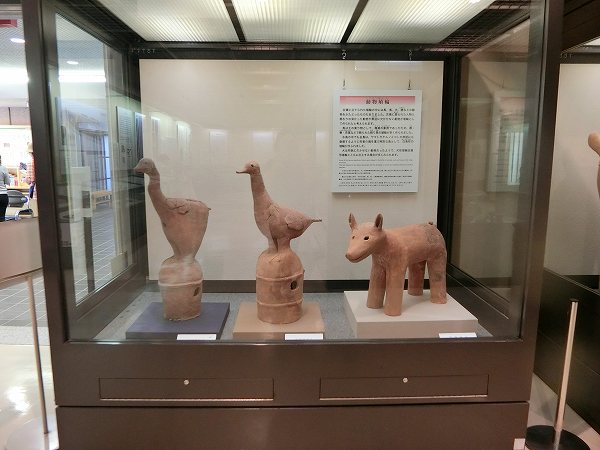
こんにちは!
tomoです。
今日も古代ミステリーのお時間がやってまいりました。
Hello!
It is tomo.
Time of ancient mystery has come over today.
今日のお題は「三種の神器」です。
Today’s topic is ” Three Sacred Treasures.”
令和元年5月1日
新天皇 即位後初の儀式
「剣持等承継の儀」が厳かに執り行われました。
(動画は約5分間です)
May 1st of Reiwa 1st(2019),
The first ceremony ‘A ceremony of inheritance of sacred treasures’
was held after the new Emperor being enthroned.
今日はこの「三種の神器」についての由来を考えてみたいと思います。
Today I would like to think about the origin of this “three sacred treasures”.
天孫降臨神話
Mythology of Amaterasu offspring going down on the Ancient Japanese land
「三種の神器」は『古事記』のいわゆる天孫降臨神話に出てきます。
“Three Sacred treasures” appear in “Kojiki”.
In this story there is the descendants of Amaterasu landing on the ground.
どんな神話であったか、ちょっと引用します。
I quote a little what mythology was.
・・・・八尺の勾玉・鏡、それと草薙の剣をお添えになり、
(天照大御神と高木神が)仰せられるには、
They bring a jade of Yasaka, a mirror, and a Kusanagi sword to Niniginomikoto,
Amaterasu Okami and Takagi God said,
「この鏡はひたすら私の御霊(みたま)として
私を祭るように祭りつかえなさい。」
‘Because my soul is in this mirror,
Think of this mirror as me and worship it.’
・・・・〈中略〉・・・・
そこで、天照大御神・高木神は、
天津日子番能邇邇芸命(あまつひこほのににぎのみこと)に命を下し
So, Amaterasu God and Takagi God
gave an order to Niniginomikoto to land on the ancient Japan…
邇邇芸命は高天原の堅固な神坐を離れて
天空に八重たなびく雲を押し分け、
Niniginomikoto left the place where the gods of the heavenly world sit
and pushed through the clouds
威風堂々と道を選び、
He chose the way majestically,
途中、天の浮橋にお立ちになり、
On the way, he stood on the floating bridge in the sky,
そこから筑紫の日向の高千穂の霊峰に
天降りされた。・・・・
he went down on from there to the sacred peak of Takachiho of Himuta in tukushi,
.
☆『古事記』上つ巻より
現代語訳は小学館の日本古典文学全集『古事記』を参考にしています。
わかりやすくご説明いたしますと、
I explain this myth simply,
天上の世界の高天原にいらっしゃる天照大御神と高木神によって
天照の直系の子孫である邇邇芸命は
Niniginomikoto who is a direct descendant of Amaterasu,
鏡・勾玉・剣を持たされ、
葦原中国という古代日本の世界に
統治者として遣わされたのですね。
held the mirror, the Magatama jewel and the sword, sent as a ruler
In the ancient Japanese world of Ashihara-nakastu by Amaterasu God and Takagi God who are in the heavenly world of Takayamabara,
この鏡・玉・剣が「三種の神器」の由来として『古事記』に登場します。
This mirror, the Magatama jewel, and the sword appears in “Kojiki”as the origin of “Three Sacred Treasures” .
前期古墳時代の副葬品の特徴
Characteristics of side burial items in the early Kofun period
さて、この神話の世界、実は古墳時代の副葬品にその一面が表れているのです。
Well, in the world of this myth, the situation actually appears in the burial goods of the Kofun period.
古墳時代、実は3世紀後半から7世紀までにあたります。
The Kofun period is actually from the late third century to the seventh century.
大きくわけると、
前期・中期・後期にわけられるのですね!
Broadly classified,
It is divided into the early, the middle, and the last!
かなり長いです。
3世紀後半は卑弥呼がなくなった後のこと。
7世紀は大化の改新があり、
壬申の乱(671年)を経て
天武天皇や持統天皇の時代に当たります。
It was a fairly long time.
In the second half of the third century, after the Queen Himiko disappeared.
In the 7th century, there was Taika renovation(645),
and after the Jinshin Rebellion (671),
it ware the times of Emperor Tenmu and Empress Jitoh.
今日は主に4世紀を中心とする、
古墳時代前期のお話です。
Today we mainly focus on the 4th century,
a story of the early Kofun period.
前期古墳は主に,
奈良県の大和盆地につくられた前方後円墳です。
The old tombs of the early Kofun period are mainly
the square-headed and circle-tailed mound ( zenpo-koenfun )
created in Yamato Basin in Nara Prefecture.
この大和地方は、全国に前方後円墳が出現するのに先駆けて、前方後円墳が築造されています。
In this Yamato area, square-headed and circle-tailed burial mounds ware built,
ahead of the appearance of them throughout the country.
また、その副葬品にも注目です。
I have to pay attention to the side items.
主な副葬品は
The main side items were….
・鏡
・玉類
・刀剣
・腕飾りなどの装飾品
・ Mirrors
・ Jewel Balls
・ Sword
・ Ornaments such as arm decorations.
なのですね!
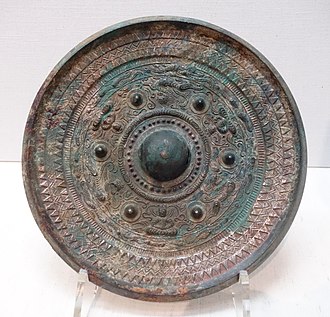
↑ 古墳時代の鏡
Wikipedia 三角縁神獣鏡より
つまり、三種の神器である、
・鏡
・玉
・剣
が前期古墳に含まれる可能性が高い、
と言えます。
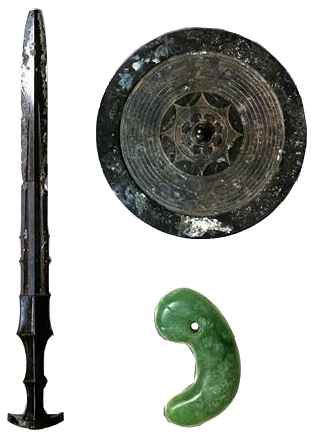
↑ 三種の神器イメージ
Wikipedia 天叢雲剣より
In other words, it contains Three Sacred Tresures, such as
・ Mirrors
・ Jewel Balls
・ Sword
likely to be included in the early kofun period!
三種の神器の継承は現代まで続きますが、
その源流は古墳時代前期にあったのですね!
The inheritance of the Three Sacred Tresures continues until modern times,
The origin was in the early Kofun period!
奈良県の大和地方にある
前方後円墳で最も有名なのは、
卑弥呼の墓論争があった(それは誤りとする説が有力)、箸墓古墳です。
The most famous square-headed and circle-tailed burial mound is
the Hashihaka-kohun burial mound
which was said a grave of Himiko ( it is sad that this theory was mistake.)
in Yamato area in Nara Prefecture.
箸墓古墳以外にも
たくさんの前方後円墳が残っています。
多くが4世紀代の、古墳時代前期に分類されています。
There are so many square-headed and circle-tailed burial mound are
remaining other than Hashihaka-kohun burial mounds.
Many are classified in the 4th century, the early Kofun period.
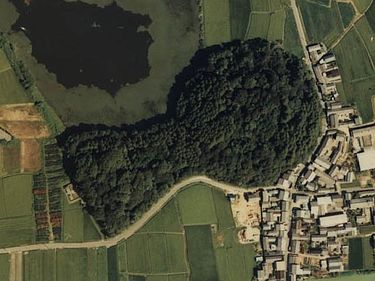
↑箸墓古墳 Wikipedia「卑弥呼」より
また、4世紀は歴史に関する文献の資料が乏しく、謎の世紀とも呼ばれます。
In the 4th century, there is a scarcity of literature on history,
It is also called the mystery century.
古代ミステリーの謎を解きに、
あなたも奈良県大和地方に出かけませんか?
To solve the mystery of the ancient mystery,
Why don’t you go to Yamato area, in Nara Prefecture?
次はいよいよ古墳時代中期の5世紀に当たる
百舌鳥・古市古墳群の謎に迫ります。
Next topic is the mystery
of Mozu-Furuichi burial mounds groups
in the middle of the Kofun period in the 5th century.
The Hashihaka mystery and the square-headed and circle-tailed mound. 前方後円墳 と箸墓の謎
百舌鳥・古市古墳群ミステリー ~誰のお墓で、どんな人だった?~ The mystery of Mozu-Huruichi
コメント
この記事へのトラックバックはありません。



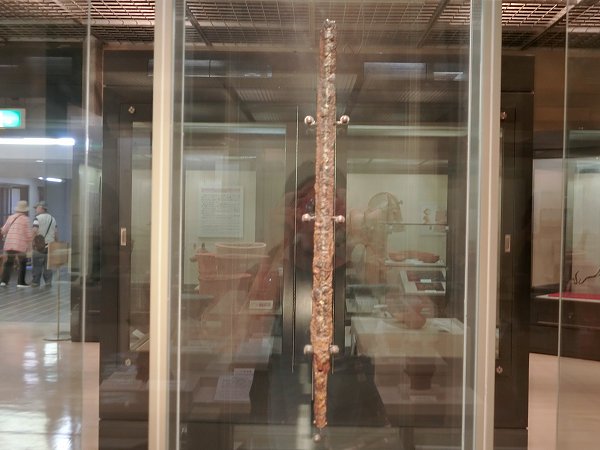
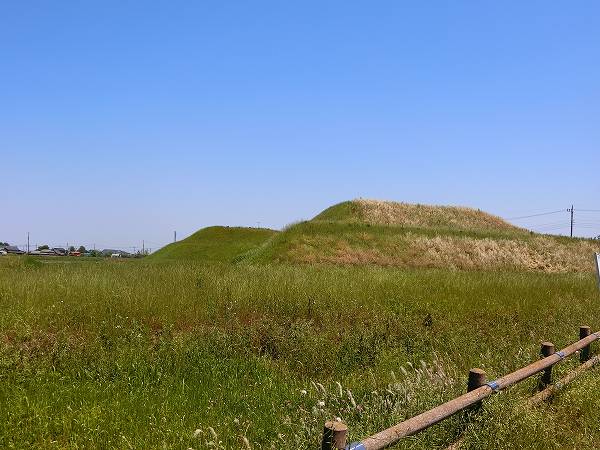
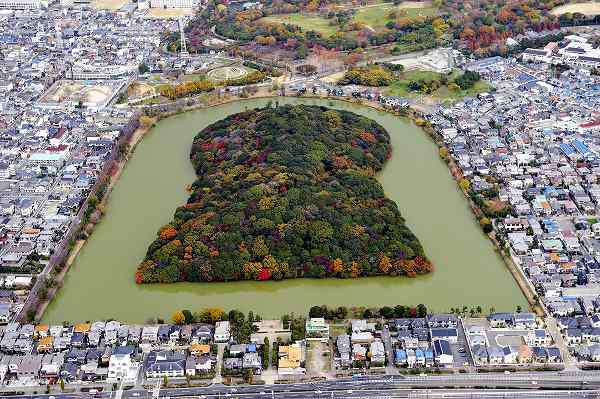
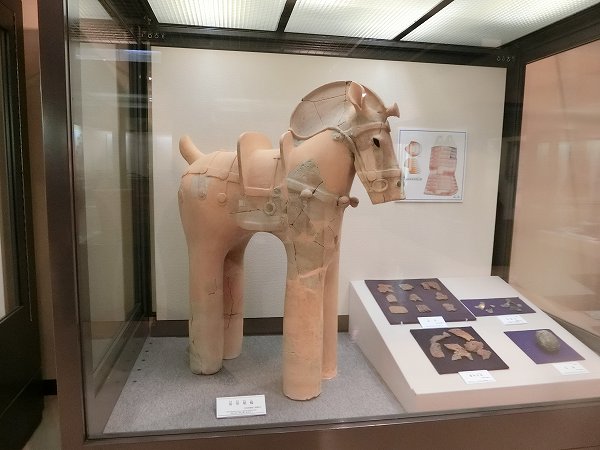

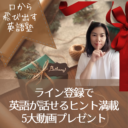


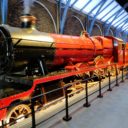


この記事へのコメントはありません。